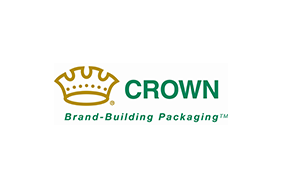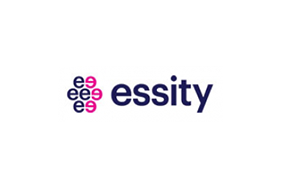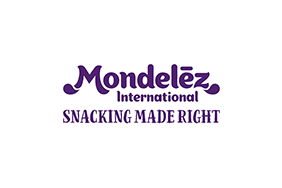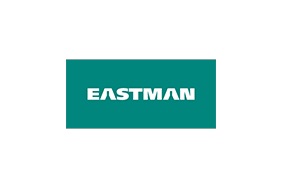Sustainability
Balancing impacts through responsible business practices, supply chains and energy use.

POSTED
09-20-24
Managing Climate Risks: International Paper’s Strategy for a Resilient Future
As one of the first North American pulp and paper companies to have an approved Science Based Target initiative (SBTi) target, we continue to use the SBTi-approved methodology to inform the strategies we need to implement.

POSTED
09-19-24
The Home Depot Achieves Milestone in Eliminating Harmful Packaging Materials
As innovation around sustainable packaging evolves and recycling infrastructure expands, The Home Depot is working to meet our customers’ expectations for quality packaging that’s also good for the environment.

POSTED
09-18-24
Crown Holdings 2023 Sustainability Report: Letter From Our CEO
This year, we again hold ourselves accountable to the commitments we have made to stakeholders to move Crown’s Twentyby30™ program forward. Now, more than two years into that journey, we need to speak to those commitments and to the progress we have made to this point.

POSTED
09-18-24
Essity Sustainable Consumption Pledge
At Essity, collaboration is key to constantly improving our products, services, and solutions to provide a more sustainable choice for our consumers. One example of how we collaborate with policymakers is that the European Commission has selected Essity.

POSTED
09-18-24
How AMD Is Advancing Product Energy Efficiency
At AMD, we strive to create products that improve people’s lives and help our customers and end users reduce their own energy use and GHG emissions.

POSTED
09-18-24
Rockwell Makes Electric Vehicle Industry More Sustainable
Electric vehicles (EVs) use four times more copper than conventional vehicles. The Resolution Copper Project has enough copper to manufacture almost 220 million EVs, or about half the global supply, by 2040.

POSTED
09-18-24
Partners To Make Building Materials From Food and Beverage Cartons
This new project follows similar ventures that Tetra Pak and the Council have supported to recover more cartons while helping to meet intensifying demand for sustainable building products. So, joining forces to take the work further felt like a natural fit, Pelz says.

POSTED
09-18-24
Mondelēz 2023 Snacking Made Right Report: Aiming To Advance a More Circular Economy for Packaging
We work hard to use packaging that does more than protect our products and delight our consumers. At Mondelēz International, we strive to continually improve our packaging with the long-term aim of advancing our support for a more circular economy for packaging.

POSTED
09-18-24
Living Future Tapped for EPA Grant To Expand Materials Program
The International Living Future Institute (Living Future) is honored to have been selected to support the Inflation Reduction Act’s efforts to decarbonize the built environment.

POSTED
09-13-24
Eastman Tritan Offers McDonald’s Collector’s Meal Cups Infinite Reusability
Have you been fortunate enough to see the new McDonald's Collector's Meal cups that launched earlier this month?

